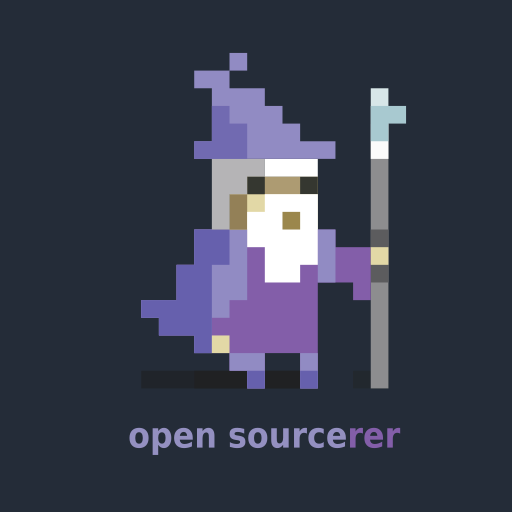I’m not looking for a solution or even code, just a hint. Here’s what I currently do:
- Add the current position and heading to the recorded path
- Check if turning right would lead back onto the recorded path in the same direction we walked it before
- Check if the next field is obstructed
- If so, turn right
- Repeat until no longer blocked
- Update current position
This approach works fine for the unit test, but yields a result too low for the puzzle input. I tried adding recursion to the party check, but even 20 levels of recursion didn’t sufficiently increase the amount of options found, suggesting I’m missing a mechanism to identify them.
Any clues?
Current state of affairs:
from math import sumprod
from operator import add
from pathlib import Path
def parse_input(input: str) -> list[list[int]]:
return input.strip().splitlines()
def find_guard(world: list[list[int]]) -> tuple[int]:
for y, line in enumerate(world):
x = line.find("^")
if x > -1:
return (y, x)
return (-1, -1) # No guard
def turn(heading: tuple[int]) -> tuple[int]:
mat = [(0, 1), (-1, 0)]
return tuple([sumprod(col, heading) for col in mat])
def step(pos: tuple[int], heading: tuple[int]) -> tuple[int]:
return tuple(map(add, pos, heading))
def is_blocked(world: list[list[str]], guard: tuple[int], heading: tuple[int]) -> bool:
pos = step(guard, heading)
try:
return world[pos[0]][pos[1]] == "#"
except IndexError:
return False
def cast_ray(
world: list[list[int]], start: tuple[int], heading: tuple[int]
) -> list[tuple[int]]:
pos = step(start, heading)
ray = []
try:
while world[pos[0]][pos[1]] != "#":
ray.append(pos)
pos = step(pos, heading)
except IndexError:
# Left the world
...
return ray
def part_one(input: str) -> int:
world = parse_input(input)
guard = find_guard(world)
heading = (-1, 0)
while (
guard[0] >= 0
and guard[0] < len(world)
and guard[1] >= 0
and guard[1] < len(world[guard[0]])
):
while is_blocked(world, guard, heading):
heading = turn(heading)
world[guard[0]] = f"{world[guard[0]][:guard[1]]}X{world[guard[0]][guard[1]+1:]}"
guard = tuple(map(add, guard, heading))
return sum([line.count("X") for line in world])
def part_two(input: str) -> int:
world = parse_input(input)
guard = find_guard(world)
heading = (-1, 0)
path = {}
options = 0
while (
guard[0] >= 0
and guard[0] < len(world)
and guard[1] >= 0
and guard[1] < len(world[guard[0]])
):
path.setdefault(guard, []).append(heading)
turned = turn(heading)
if turned in path.get(guard, []) or turned in [
d
for p in set(cast_ray(world, guard, turned)).intersection(set(path.keys()))
for d in path[p]
]:
# Crossing previous path and turning would cause us to retrace our steps
# or turning would lead us back into our previous path
options += 1
while is_blocked(world, guard, heading):
heading = turned
world[guard[0]] = f"{world[guard[0]][:guard[1]]}X{world[guard[0]][guard[1]+1:]}"
guard = tuple(map(add, guard, heading))
return options
if __name__ == "__main__":
input = Path("input").read_text("utf-8")
print(part_one(input))
print(part_two(input))


I also got stuck on part 2 for a while. What does your code do when you run into a corner and have to turn twice on one spot?
It just keeps turning. See 3.2. Worst case is it has to turn twice and walk back where it came.
Okay, then do you account for having to put down an obstacle before joining back on the walked path?
Yes. For every step I check if turning would lead me back onto my previous path, either because I’m crossing it or because walking that direction will eventually bring me back onto it, passing the obstacle that cause me to turn.